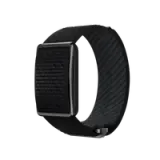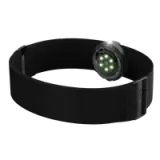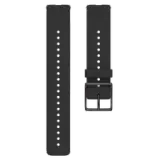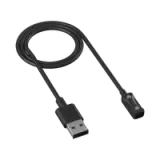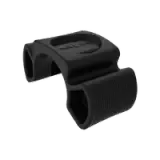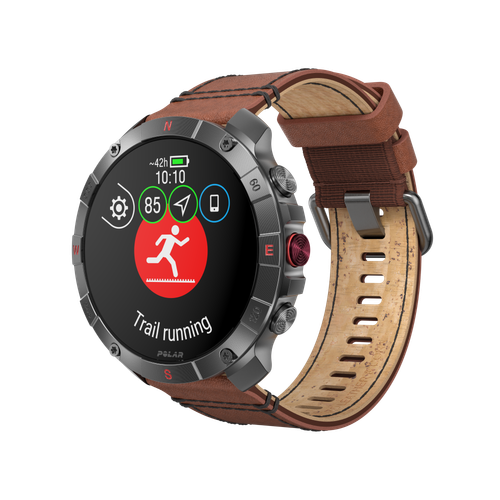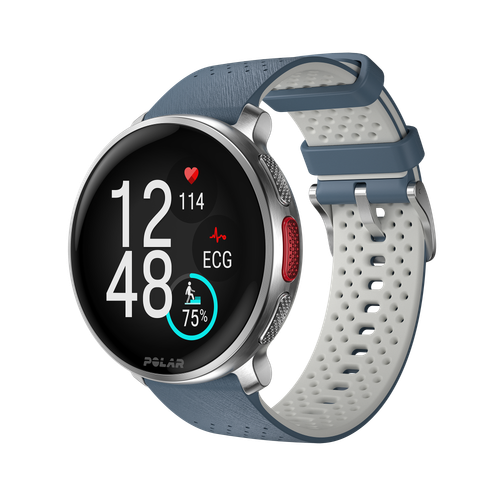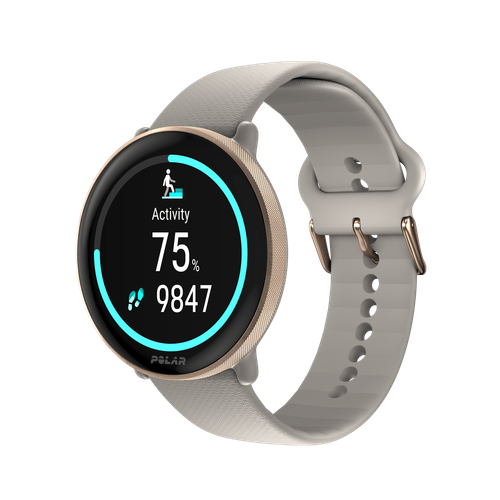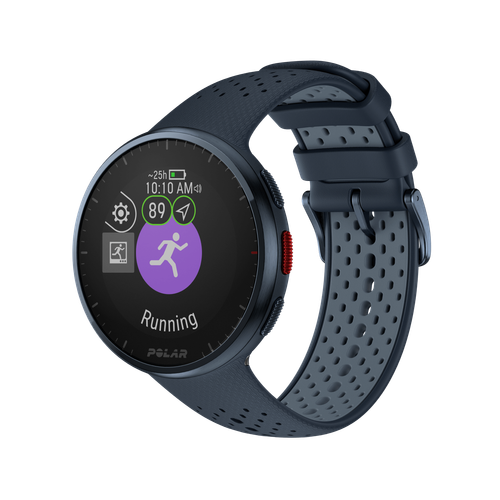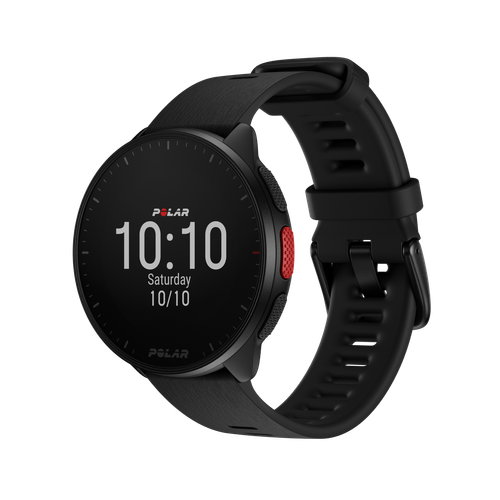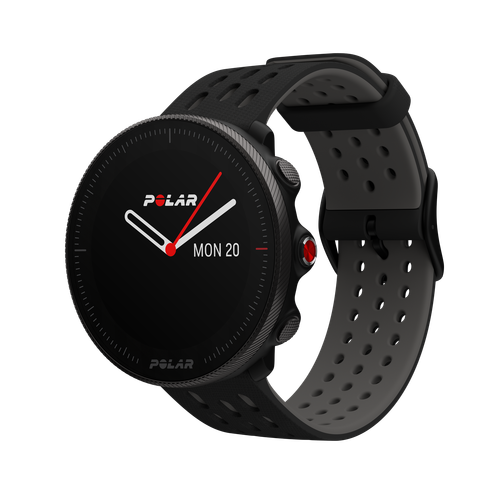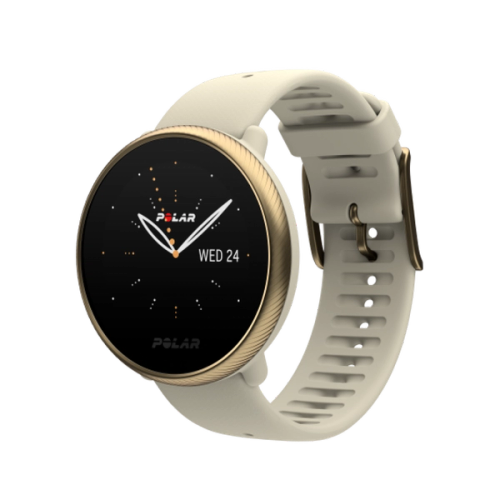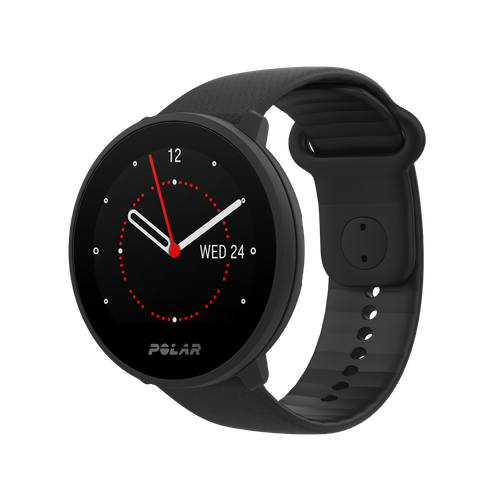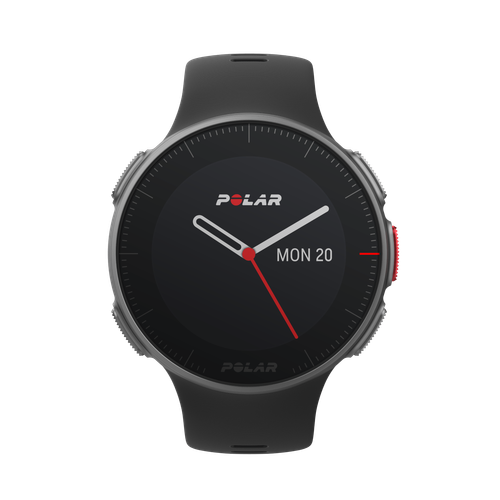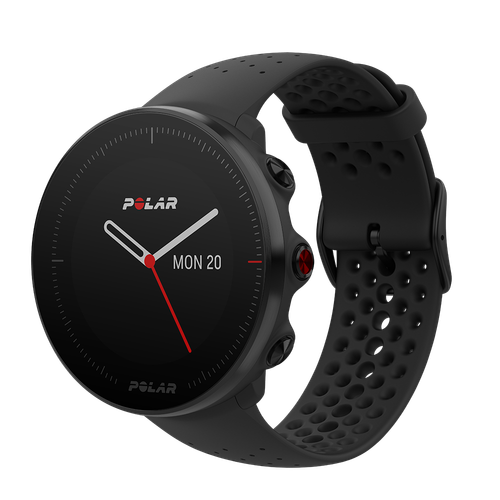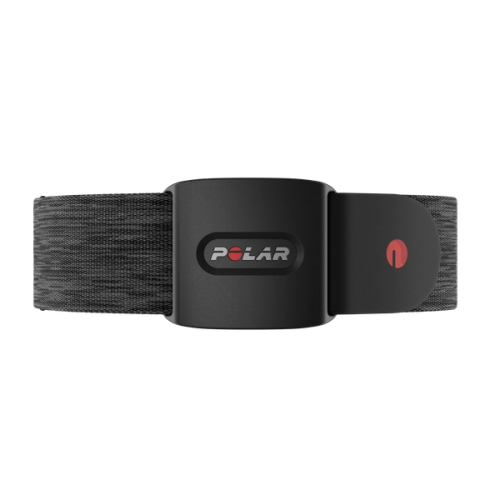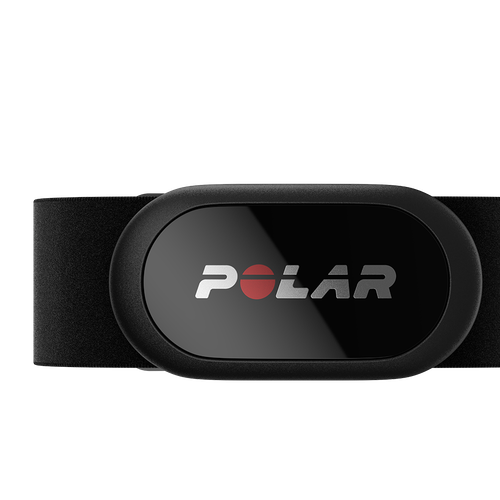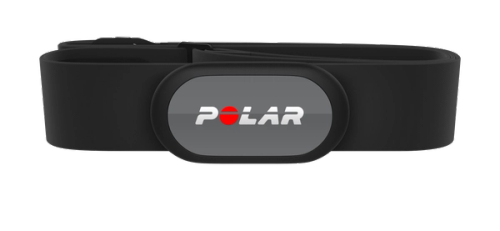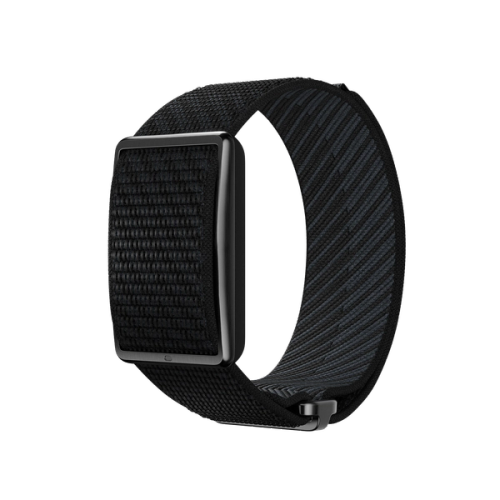Ever watched an athlete before a big race, like Noah Lyles before the 100m final at the Paris Olympics, jumping around like he's trying to escape a swarm of invisible bees? That, my fellow thrill-seekers, is what happens when your internal superhero's "GO!" text gets a little too enthusiastic. It's the glorious, chaotic symphony of an adrenaline overdose, a sensory overload that turns your body into a human firework display.
But what's really happening in that moment? Is it just a primal panic party, or is there a method to this magnificent madness? Well, an adrenaline rush, in its purest form, is your body's emergency broadcast system kicking into overdrive. Think of it as your brain's "red alert" button, triggering a hormonal hurricane that transforms you into a temporary superhuman.
When that squishy, magnificent organ between your ears (i.e., your command center) gets a distress call, who's the first responder? Why, your adrenal glands, those tiny hormonal powerhouses perched atop your kidneys, like miniature turbochargers. They unleash a torrent of epinephrine (that's the fancy name for adrenaline), which then proceeds to party like it's 1999, hijacking your body's systems. Your heart rate skyrockets, your airways dilate, prepping you for a marathon you didn't sign up for, and your liver dumps glucose into your bloodstream like a sugar-fueled rocket booster.
But here's the real kicker: this isn't just about physical prowess. Your brain gets a makeover, too – a temporary upgrade to "super-alert mode." Suddenly, you're processing information at warp speed, your reflexes are sharper than a samurai sword, and pain? What pain? You're too busy being a human lightning rod to notice.
Curious to know more? Well, you're in luck as we will dissect the brain's reaction to this chemical cocktail of pure, unadulterated oomph. We'll trace the pathways of this hormonal hurricane and see just how those tiny little brain cells turn a perceived threat (or a thrilling moment) into a full-blown, internal fireworks display. Prepare for some brain-bending revelations because anything related to adrenaline is guaranteed to be a wild ride.
The Amygdala: The Brain's Alarm System
Alright, let's talk about the amygdala, that tiny, almond-shaped maestro of mayhem nestled deep within your brain. Think of it as your personal, hyper-vigilant bouncer, constantly scanning the VIP section of your consciousness for any sign of trouble. And trust me, it's got a hair-trigger.
Now, Joseph LeDoux, that brain-mapping wizard, basically handed us the Rosetta Stone to understanding this little drama queen. He showed us, in no uncertain terms, that the amygdala is the epicenter of fear, the Grand Central Station of emotional panic. It's like it's got a direct line to every scary movie you've ever seen, every near-miss you've ever had, and every time you accidentally stepped on a Lego in the dark.
So, here’s the scenario: you're lining up at the starting blocks, the roar of the crowd a jungle symphony, and suddenly, your amygdala, that tiny, hyper-caffeinated bouncer in your brain, spots something suspicious. Maybe it's the glint of the starting pistol, or maybe it's the sheer terror of finally making it to your biggest race. Whatever it is, that almond-shaped alarm system doesn't wait for a polite RSVP. It slams the panic button, sending out a flurry of frantic texts to the rest of your brain: "GO TIME! GO TIME! This is NOT a drill!" It's the amygdala's way of saying, "Release the adrenaline, people! We've got a race to win!"
And then, the madness unfolds. The amygdala, now a hyper-alert detective, slams into action, frantically cross-referencing past survival manuals with the current, potentially terrifying, scenario. Is it the announcer's voice? A rival athlete’s intimidating stare? Doesn't matter, survival protocols are engaged! Your brain's processing power gets hijacked like a mainframe, turning you into a hyper-aware, reflex-enhanced ninja who can suddenly remember every single lyric to that 2007 pop song you swore you forgot. That rush of alertness? That's the amygdala screaming, "Wake up, buttercup! We're racing!" turning your brain into a finely tuned, adrenaline-fueled survival machine, primed for victory (or at least, not last place).
Enjoying this article? Subscribe to Polar Journal and get notified when a new Polar Journal issue is out.
Subscribe
The Hypothalamic-Pituitary-Adrenal (HPA) Axis and the Release of Adrenaline
So, once that little almond-shaped brain-bouncer has screamed "LET’S GO!" into the neural intercom, it sends a panicked memo down the line to the hypothalamus. Think of the hypothalamus as the brain's frazzled air traffic controller, suddenly dealing with a full-blown emergency.
This tiny but mighty region, also nestled deep within your brain, takes the amygdala's distress call and initiates the infamous 'fight-or-flight' response. It's like flipping a giant, red switch labeled "OH CRAP!" The hypothalamus triggers the sympathetic nervous system, which is basically your body's emergency response team, ready to deploy at a moment's notice.
Now, here's where the adrenal glands, those tiny hormonal factories perched atop your kidneys, enter the scene. They're like the body's adrenaline-pumping DJs, dropping the bass on the stress response. They release a flood of epinephrine (remember: aka adrenaline) into your bloodstream, turning your body into a high-octane machine. As David S. Goldstein's 2010 "Adrenal Responses to Stress" article reminds us, this is a complex symphony of hormones designed to keep you alive and kicking when things get hairy.
But adrenaline isn't a solo act. It brings along its equally intense sidekick, norepinephrine. Think of them as the dynamic duo of stress hormones. Norepinephrine, like adrenaline, cranks up your heart rate, sharpens your focus, and gets you ready to rumble. Goldstein's article also points out that this system is not unitary and that different stressors can affect these hormones in different ways.
This hormonal cocktail, as Goldstein highlights, is a survival mechanism, a relic from our caveman days when saber-toothed tigers were a genuine concern, not just a metaphor for a bad day at the office. But even in our modern world, this ancient system still kicks in, whether you're facing a deadline, a public speaking gig, or a rogue seagull attempting to steal your picnic.
undefined
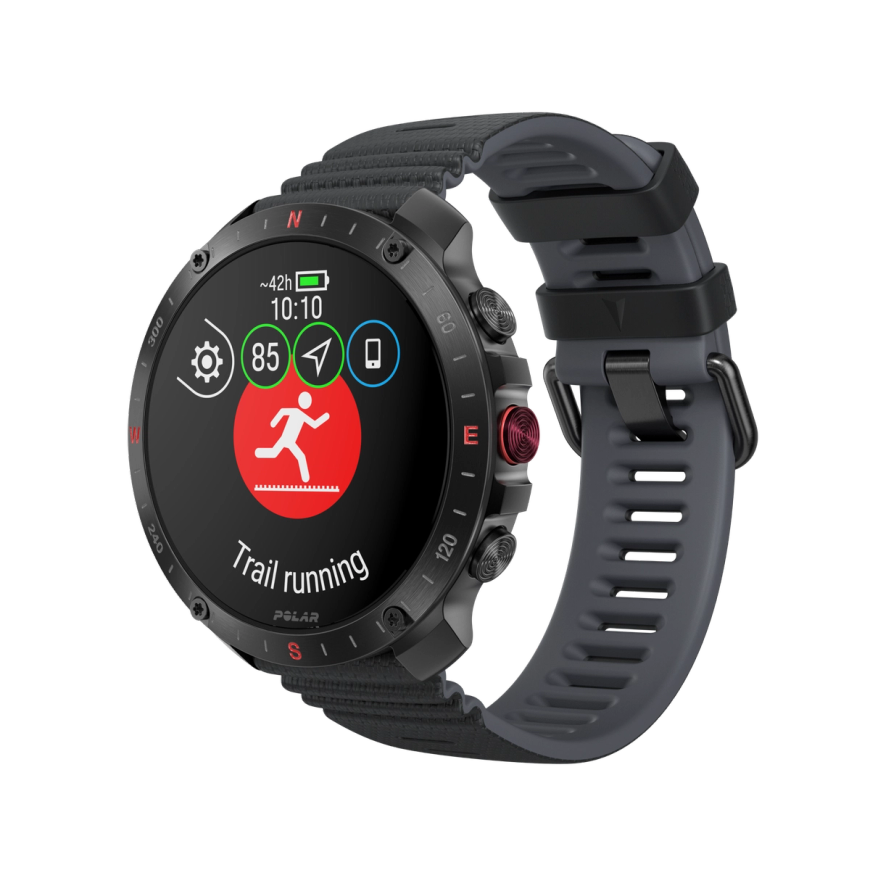
Polar Grit X2 Pro
Premium outdoorklocka
Polar Grit X2 Pro är en tuff och robust sportklocka för utomhusbruk, gjord för äventyr med AMOLED-display med safirkristallglas. Den har även högteknologiska verktyg för navigering och prestation så att du kan upptäcka världens och kroppens underverk.
Adrenaline, that hormonal rockstar, doesn't just make your heart do the cha-cha – it throws a brain-rave of epic proportions.
Adrenaline's Neurological Effects
Now, let's talk about how adrenaline turns your brain into a turbocharged supercomputer, at least for a hot minute. Forget mindfulness and meditation – we're talking about pure, unadulterated neurological chaos, the kind that lets you dodge a rogue frisbee like Neo dodging bullets.
Adrenaline, that hormonal rockstar, doesn't just make your heart do the cha-cha – it throws a brain-rave of epic proportions. Suddenly, your senses are dialed up to eleven. You're processing sensory information like a quantum computer analyzing cat videos. That rustling in the bushes? You don't just hear it – you feel it, you taste it, you know its deepest, darkest secrets.
This mental upgrade is all thanks to adrenaline's sneaky interactions with adrenergic receptors, those tiny brain antennas that pick up the hormone's signal. Cahill et al.'s 1994 study, "Beta-adrenergic activation and memory for emotional events," showed us how blocking these receptors messes with memory, proving adrenaline's brain-boosting prowess. It's not just about running faster – it's about remembering why you're running.
Adrenaline gives the amygdala a serious pep talk, making it even more sensitive to threats. It also fires up the hippocampus, the brain's memory librarian, helping you etch those emotionally charged moments into your neural hard drive. Interestingly, the bookNeural Plasticity and Memory: From Genes to Brain Imagingpoints out that adrenaline doesn't simply barge its way into the brain – it works indirectly, sending signals via the peripheral nervous system, and then those signals are relayed back to the brain.
But here's the twist: adrenaline's effects aren't a one-size-fits-all party. As the 2007 Science report "When Fear Is Near" about the prefrontal cortex (PFC) revealed, too much adrenaline is like throwing a rave in a library – things get messy. Moderate levels, though, can sharpen your PFC, enhancing focus and decision-making. Your brain becomes a finely tuned instrument, capable of split-second calculations and lightning-fast reflexes.
Think of it this way: adrenaline is like a temporary cheat code for your brain. It unlocks hidden potential, turning you into a cognitive superhero. But like any good cheat code, it comes with a time limit. So, enjoy the mental fireworks while they last because, eventually, your brain's back to being a regular, slightly less ninja version of itself.
When adrenaline crashes the dopamine party, things get interesting. It's like mixing a shot of pure energy with a dash of pure bliss. This hormonal cocktail creates a feeling of exhilaration, that "I'm invincible!" vibe you get when you've just narrowly avoided disaster or conquered a fear.
The Reward System and Emotional Impact
Ok, now we’ve covered all of that, let's talk about the adrenaline rush's sneaky side hustle: its backstage pass to the brain's VIP lounge, the reward system. You know, that place where dopamine flows like a river of pure, unadulterated pleasure? Turns out, adrenaline isn't just about escaping danger – it's also about chasing thrills.
When adrenaline crashes the dopamine party, things get interesting. It's like mixing a shot of pure energy with a dash of pure bliss. This hormonal cocktail creates a feeling of exhilaration, that "I'm invincible!" vibe you get when you've just narrowly avoided disaster or conquered a fear. Think of it as your brain's way of saying, "Hey, you survived! Here's a dopamine-laced gold star!"
This interaction explains why some folks are adrenaline junkies, chasing that high like that caffeinated squirrel at the nut convention. It's not just about the danger – it's about the reward, the chemical pat on the back that says, "You did it!" This dopamine connection also helps explain why risky behaviors, like skydiving or riding roller coasters, can be so addictive. Your brain gets hooked on the rush, the combined hit of adrenaline and dopamine, like a moth to a flame.
But adrenaline isn't just a pleasure-seeker – it's also a master of pain management. It's like your body's built-in painkiller, a temporary anesthetic that kicks in when things get hairy. This is why you might not feel injuries during a high-stress situation. Adrenaline suppresses pain signals, allowing you to focus on survival. You could be running from a bear and not even notice that you have a splinter. Your body is saying, "Splinter? We'll deal with that later. We have a bear to outrun!"
This pain-suppressing effect, while incredibly useful in life-or-death scenarios, can also be a bit of a trickster. It can mask injuries, leading to delayed treatment and potential complications. It is only a temporary effect, so that splinter will be felt later.
So, adrenaline isn't just a survival hormone – it's a complex chemical maestro, conducting a symphony of emotions and sensations. It can turn your brain into a thrill-seeking, pain-ignoring, dopamine-fueled machine. It's a wild ride, folks, and understanding its effects can help us navigate the highs and lows of our own adrenaline-fueled adventures.
Neurological round-up
Feeling a little overwhelmed by all this science? Here’s a quick overview of everything that happens neurologically when adrenaline kicks-starts a brain-rave breakdown:
Amygdala's Espresso Shot:
- That tiny emotional bouncer, your amygdala, goes from "alert" to "CODE RED!"
- Think: brain security system mainlining espresso, scanning for threats with hyper-vigilant intensity.
- Neurons fire like a synchronized light show, processing info at warp speed.
PFC's CEO on a Hormonal Rollercoaster:
- Adrenaline meddles with the prefrontal cortex (PFC), the brain's CEO.
- Moderate dose = super-efficient problem-solving machine.
- Too much = hormonal mosh pit, impairing higher-level functions.
Hippocampus, the Caffeinated Librarian:
- Adrenaline hijacks the hippocampus, the brain's memory librarian.
- The librarian gets a caffeine shot, cataloging every detail of the moment.
- Emotionally charged events get etched into memory with vivid clarity, a neural ink job.
Dopamine's Brain-Rave Connection:
- Adrenaline and dopamine, chemical BFFs, create a cocktail of exhilaration.
- Brain's reward system lights up like a Christmas tree, reinforcing thrill-seeking.
- "Hey, that was awesome! Let's do that again!" Brain says.
Peripheral Nervous System's Hormonal Telephone:
- Adrenaline doesn't directly crash the brain party but sends signals via the peripheral nervous system.
- Those signals are what affects the brain. A hormonal game of telephone.
Brain's Survival Mode: Full Neurological Takeover:
- Adrenaline rush = full-blown neurological takeover.
- Neurons firing, hormones surging, brain temporarily upgraded to "survival mode."
- A chaotic, exhilarating glimpse into the brain's extraordinary capabilities.
Adrenaline and Athletes
Alright, let's wrap things up with a look at how this glorious, chaotic symphony of adrenaline functions on race day, where athletes become temporary superheroes (or, occasionally, super-stressed squirrels).
First off, adrenaline turns your heart into a turbocharged engine. Your cardiovascular system gets a nitrous boost, getting that oxygen pumping. Muscles get a VIP blood flow pass, thanks to those beta-adrenergic receptors, while your digestive tract gets the "do not disturb" sign. This explains why you can suddenly lift a bus (or, you know, a slightly heavier weight) when the pressure's on.
And remember, you become a neurological wizard, too, as your reaction time sharpens. But too much of this hormonal cocktail can turn your coordination into a jittery mess. It's the difference between 'amped up' and 'freaking out.' So, you need to get Zen and channel that energy into laser-like focus.
Now, here's the real twist: the 'adrenaline crash.' After the finish line, when the hormonal party's over, your body's left wondering what hit it. Lingering hormones and depleted reserves can lead to a post-race slump, a mix of physical and mental exhaustion. It's like your brain's just realized it's been running on fumes.
So, adrenaline's a wild card, a performance-enhancing drug courtesy of your own body. Master it, and you're a champion. Mismanage it, and you're left with a hormonal hangover. It's all about finding that sweet spot, that perfect blend of 'amped up' and 'in control.'
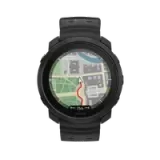 Polar Vantage M3
Polar Vantage M3
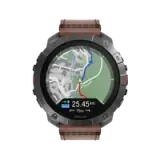 Polar Grit X2 Pro Titan
Polar Grit X2 Pro Titan
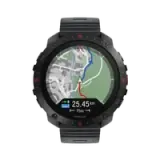 Polar Grit X2 Pro
Polar Grit X2 Pro
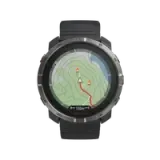 Polar Grit X2
Nyhet
Polar Grit X2
Nyhet
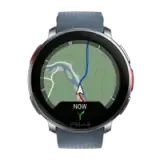 Polar Vantage V3
Polar Vantage V3
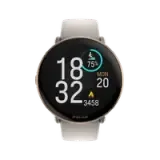 Polar Ignite 3
Polar Ignite 3
 Polar Ignite 3 Braided Yarn
Polar Ignite 3 Braided Yarn
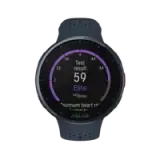 Polar Pacer Pro
Polar Pacer Pro
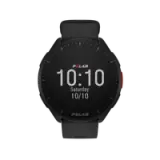 Polar Pacer
Polar Pacer
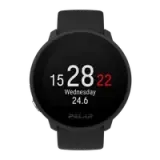 Polar Unite
Grit X-serien
Vantage-serien
Pacer-serien
Ignite-serien
Polar Unite
Grit X-serien
Vantage-serien
Pacer-serien
Ignite-serien
